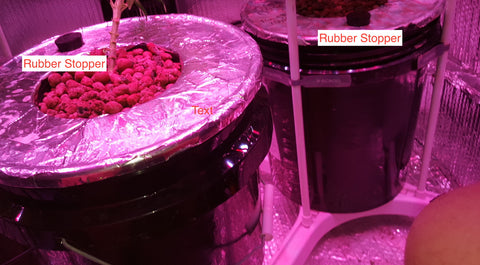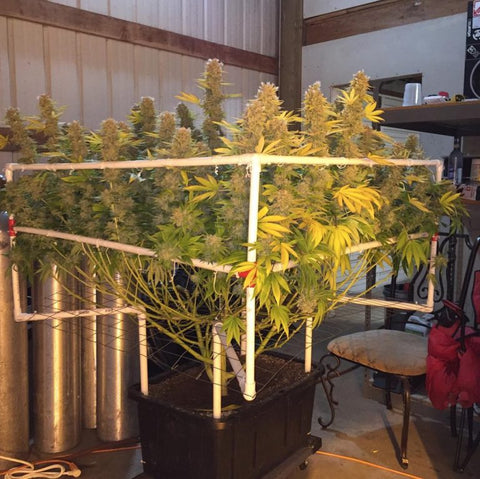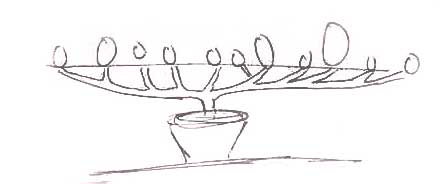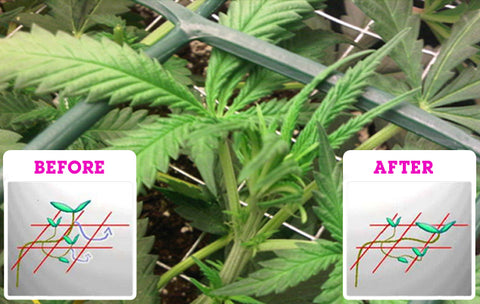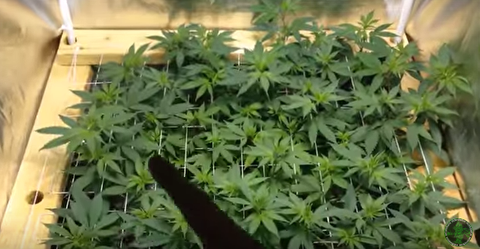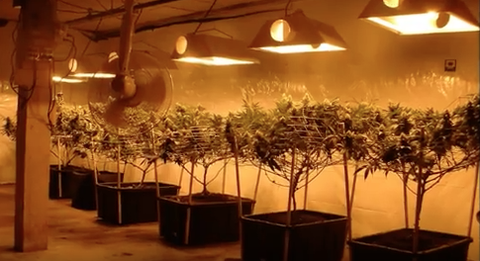ScrOG blOG™ — best how to scrog guides
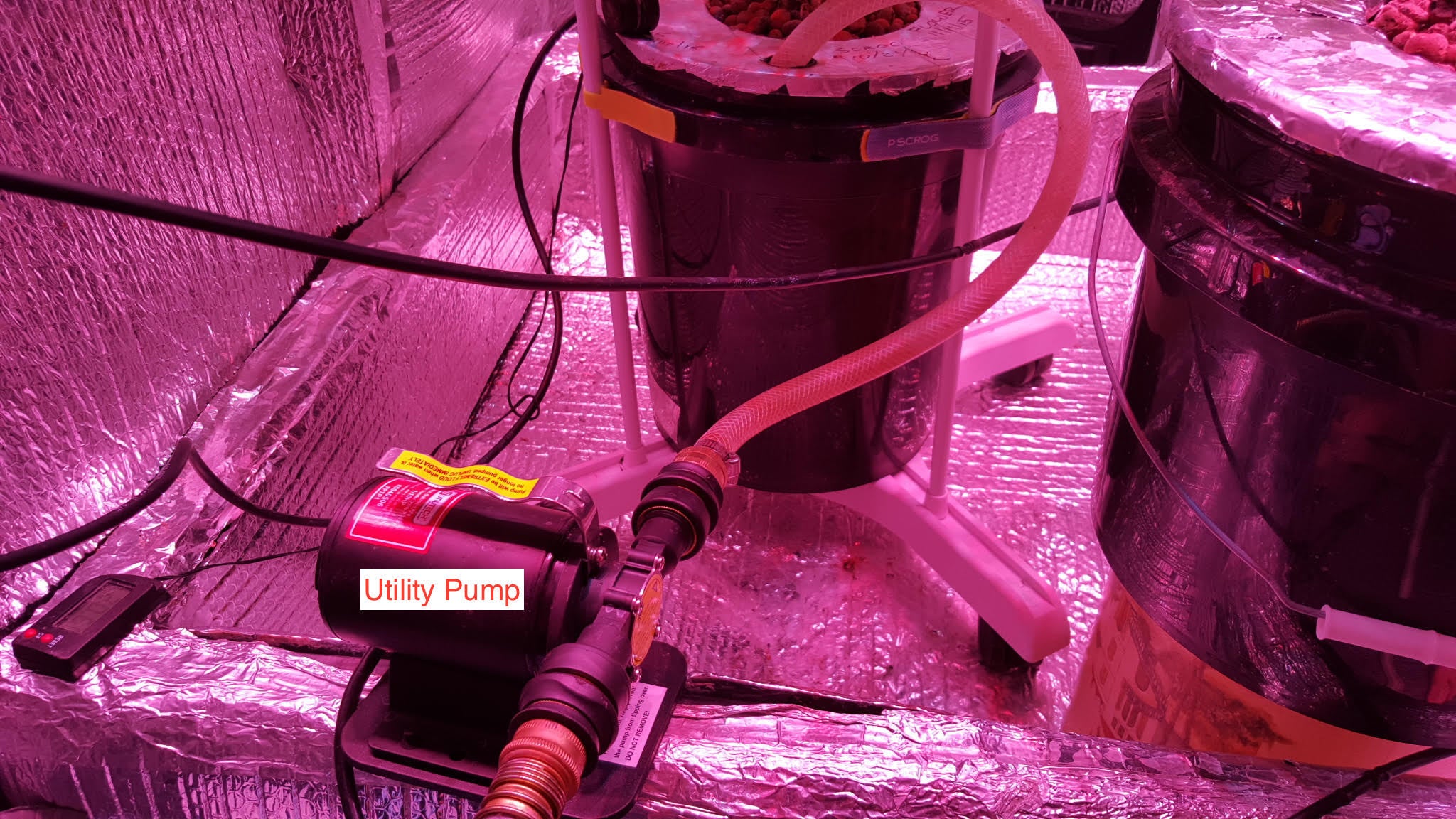
Changing nutrients under a DWC ScrOG
ScrOGging with Deep Water Culture (DWC) presents unique challenges compared to other methods of growing under a ScrOG. The biggest issue DWC growers struggle with is topping off and changing out nutrients (nutes). However, DWC growers can enjoy all the benefits of ScrOG without ever removing the net pot, disturbing the plant, ScrOG or root zone with this simple method.

2 x 5 gal individual portable DWC ScrOG using P SCROG Primary Kits
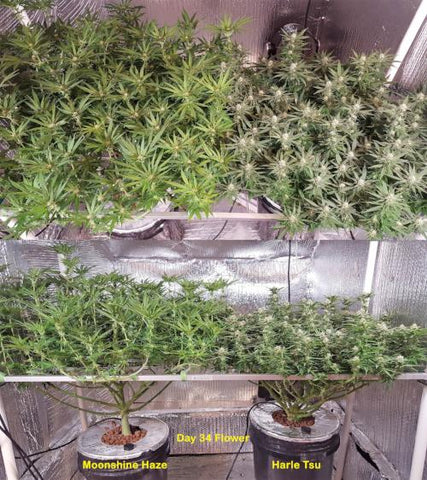
2 x 5 gal DWC under framed and fixed P SCROG 2x4 Kit
Like anything else, there may be many solutions to this issue. One solution you may find quite useful involves exchanging nutes with a pump and topping off between changes with a watering can.
Nutes can be changed using a common small utility pump found at most hardware stores.
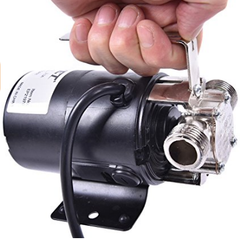
It is best to prepare your buckets at the beginning of the grow. Drill a hole in your net pots big enough to receive the end of a garden hose and buy rubber stoppers to plug holes when not in use.
The pump utilizes common garden hoses to transfer liquids. In the case of DWC, the nutes are sucked into the pump and pushed out the other end. The flow is unidirectional so the gardener uses the pump's input to suck old nutes out. Then the pump's output hose is used to push old nutes into an empty "old nutes" bucket. Old nutes can be used on outdoor plants, don't throw them away!
The pump's hoses are reversed to add new nutrients to your grow's DWC buckets. Then the pump's input hose is used to push fresh nutes into your grow's buckets.
IMPORTANT!
DWC reservoirs of healthy cannabis plants are full of robust and abundant root systems that will burn out your pump if sucked into the intake side. This is easily addressed with "hose filters" found at hardware stores. Some pumps come with filters.
The filter should be placed in the end of the hose that goes into the reservoir, not the end that screws onto the pump. This placement makes it easier to clear any accumulated debris during pumping.

Hose Filters
Amazon. Home Depot, Lowes
Root debris will accumulate in filters during the process and should be kept clean to avoid blockage and burning out the pump.
In between exchanges, nutes can easily be topped off using a common watering can through the same holes.
Note
Reservoirs and root zones can be kept clean through use of H2O2 after each nute exchange and/or through the use of Hydroguard.
If you have another solution you would like to share, please reply to this ScrOG blOG.

or
SupportOurPlants@SCROGGER.com
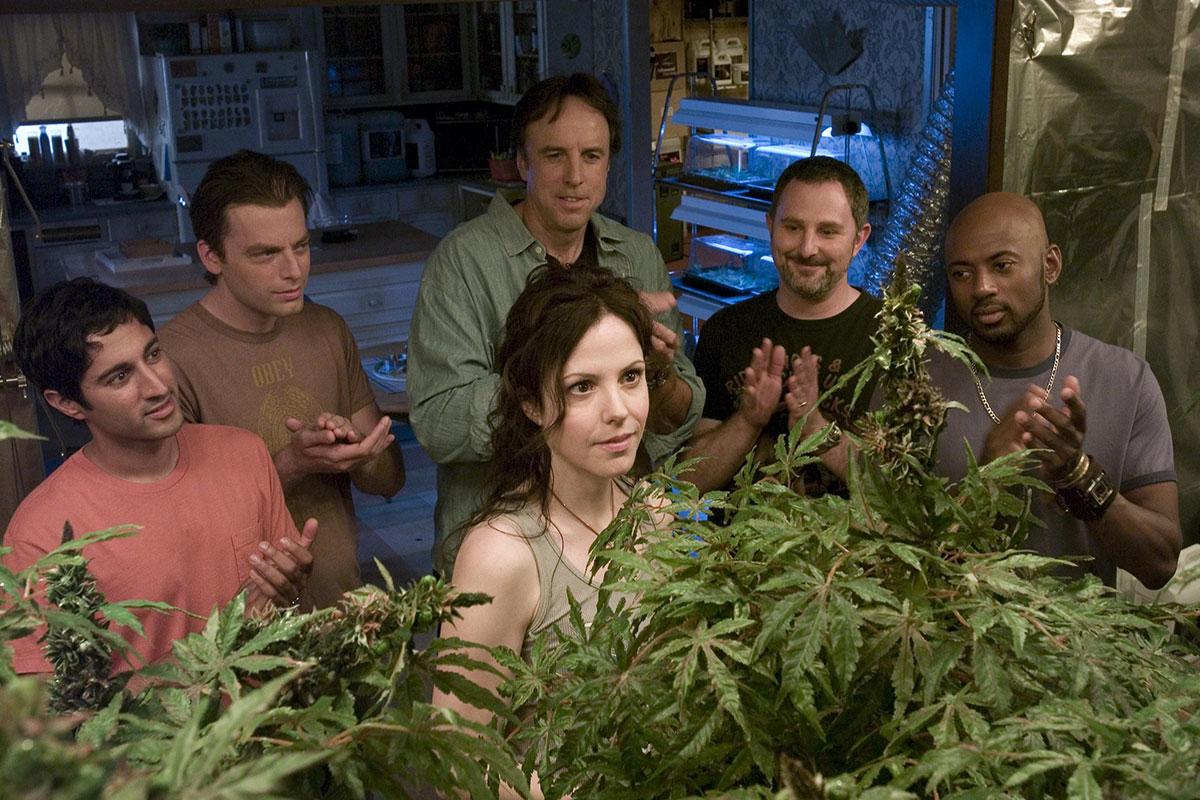
"Grow Your Own" state cannabis laws
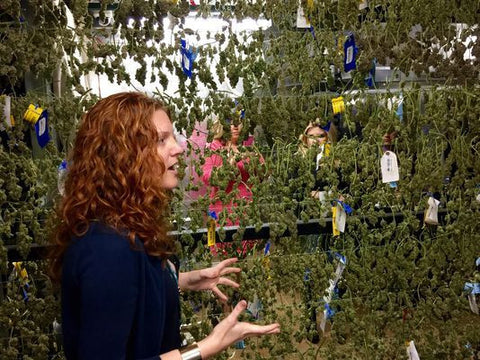
Alaska
Grow Limits: An adult over the age of 21 may possess, grow, process, or transport no more than six (6) plants total, with no more than three (3) plants that are mature.
Arizona
Grow Limits: A medical marijuana patient or the qualifying patient’s designated caregiver may cultivate up to twelve (12) plants if they live more than 25 miles from the nearest medical marijuana dispensary.
Grow Limits: Adults over the age of 21 may cultivate up to six (6) plants per residency. Medical marijuana patients and their primary caregivers may cultivate up to six (6) mature cannabis plants, or up to twelve (12) immature cannabis plants. With the recommendation of a physician, medical marijuana patients may be permitted to grow a greater amount per the patient’s needs.
Colorado
Grow Limits: Any adult resident of Colorado may grow up to six (6) plants per person, with no more than three (3) plants in the mature/flowering stage at any time. Non-Colorado residents may not cultivate cannabis. No more than twelve (12) total plants are allowed per residence regardless of the number of adults living there. Cannabis plants must be kept in an enclosed, locked area out of view. Homegrown cannabis may not be sold to others.
District of Columbia
Hawaii
Grow Limits: A registered medical marijuana program participant that indicates their intent to grow on their application may grow an “adequate supply,” or no more than seven (7) plants total and no more than 4 oz. of usable marijuana jointly between a registered patient and caregiver. A qualifying patient may designate a caregiver on their application to grow no more than seven (7) plants total on their behalf. A caregiver may only grow for one patient at a time. Whosoever is designated to grow medical marijuana should tag each plant at the base with their 329 card number and expiration date. Act 241 eliminates the ability of a caregiver to grow medical marijuana on behalf of a qualifying patient after December 31, 2018 (unless the patient is a minor or adult lacking legal capacity or resides on an island without a dispensary).
Maine
Grow Limits: A maximum of six (6) mature plants per Maine resident may be cultivated for personal use. Anyone who elects to cultivate marijuana plants must keep the plants in an enclosed, locked facility unless the plants are being transported. Minors, incapacitated adults, homeless qualifying patients, and registered patients in hospice or nursing facilities may not cultivate his or her own marijuana. Only designated primary caregivers or designated dispensaries may cultivate on behalf of a qualifying patient in this case.
Grow Limits: Adults over the age of 21 may cultivate up to six (6) mature plants per person for personal use, and plants must not be visible to the general public. A qualifying medical marijuana patient with a hardship cultivation registration may cultivate a limited number of plants sufficient to maintain a 60-day supply solely for that patient’s use. He or she may apply for a hardship cultivation registration if the patient can demonstrate that his or her access to a registered medical dispensary (RMD) is limited by:
- Verified financial hardship
- Physical incapacity to access reasonable transportation (an inability to use public transportation or drive oneself), lack of personal caregiver with reliable transportation, or lack of RMD that will deliver to the patient’s or personal caregiver’s primary address
- Lack of a RMD within a reasonable distance of the patient’s residence and lack of a RMD that will deliver marijuana to the patient’s or personal caregiver’s primary address
- A nonrefundable registration fee (unless waived due to financial hardship)
- Information supporting a claim that access is limited to one or more of the above circumstances
- An explanation including lack of feasible alternatives to mitigate limitations claimed
- A description and address of the single location that shall be used for the cultivation of marijuana, which shall either be the registered qualifying patient’s or personal caregiver’s primary residence
- A written explanation of how the qualifying patient will cultivate marijuana
- A description of the device or system that will be used to ensure security and prevent diversion of the marijuana plants being cultivated
- Written acknowledgement of the limitations on his or her authorization to cultivate, possess, and use marijuana for medical purposes
Michigan
Grow Limits: A primary caregiver who has been issued and possesses a registry identification card shall not be subject to arrest, prosecution, or penalty if the primary caregiver possesses an amount of marijuana that does not exceed 2.5 ounces of usable marijuana, or twelve (12) plants kept in an enclosed, locked facility for each registered qualifying patient that has specified that the primary caregiver be allowed under state law to cultivate marijuana for the qualifying patient.
Grow Limits: A registered cardholder may possess up to four (4) mature plants, twelve (12) seedlings, and one (1) ounce of usable marijuana. A provider or marijuana-infused product provider may possess four (4) mature plants, twelve (12) seedlings, and one (1) ounce of usable marijuana for each registered cardholder who has named the person as the registered cardholder’s provider.
Nevada
Possession/Use and Grow Limits: The holder of a valid registry identification card is prohibited from cultivating, growing, or producing marijuana if a dispensary opens in their county of residence. If the holder of a valid registry identification card resides in a county with no dispensaries, the holder of the card is exempt from state prosecution for:
- Possessing, delivering, or producing no more than 2 ½ ounces of usable marijuana
- Twelve (12) marijuana plants, irrespective of whether the plants are mature or immature
New Mexico
North Dakota
Oregon
Rhode Island
Possession/Use and Grow Limits: A patient cardholder who has in his or her possession a registry identification card shall not be subject to arrest, prosecution, or penalty for the medical use of marijuana, provided that the patient cardholder possesses an amount of marijuana that does not exceed twelve (12) mature marijuana plants and two and one-half (2.5) ounces of usable marijuana. Said plants shall be stored in an indoor facility.
Vermont
Washington
Grow Limits: The qualifying patient may also grow, in his or her domicile, up to six (6) plants for the personal medical use of the qualifying patient and possess up to eight (8) ounces of usable marijuana produced from his or her plants.

P SCROG Kits
or
SupportOurPlants@SCROGGER.com
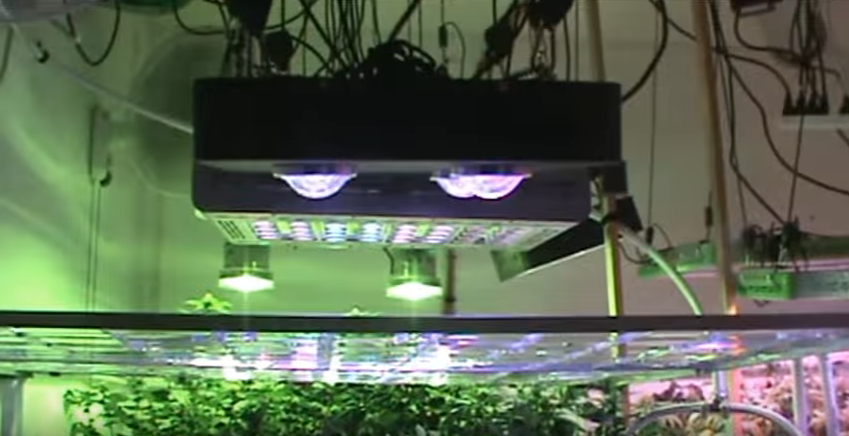
Colorado Finest Installs Double P SCROG 4x4

P SCROG Kits
or
SupportOurPlants@SCROGGER.com
- Gary Memelstein
- Tags: best how to scrog guides build a scrog colorado finest how to scrog indoor grow indoor growing low stress training P SCROG screens screen of green scrog scrog cannabis scrog kit scrog kits scrog marijuana scrog method scrog net scrog pot plants scrog screen scrog weed scrogging

Best "How to ScrOG" Guides
Sea of Green (SOG) vs Screen of Green (ScrOG)
A great deal of confusion exists regarding the difference between Sea of Green (SOG) vs Screen of Green (ScrOG) methods of growing cannabis. Before I present what I consider to be some of the better "How to ScrOG" Guides, allow me to briefly define the difference between SOG and ScrOG.


- Ease of providing individual plant care - When 2 or more plants are placed under a single ScrOG net, those plants are typically treated the same out of necessity. Growers have trouble getting to plants at the far reaches of the grow. All plants are treated the same despite their strain maturity level or health.
- Simple to move around if necessary - If you need to pull a plant from a grow for any reason, you need to cut the net and remove it, leaving remaining plants unsupported.
- Improved light distribution - Growers can rotate, custom adjust heights, plants grow at different rates and mature a different rates.
- Easy to remove troubled plant from grow space, lowers risk of damage to remaining crop
- Easier to water and flush
- Allows gardener to harvest plants individually at precise maturity
- Eliminates crawling under nets/wire mesh
- Wheel chair / handicap accessibility
- Irrigation equipment accessibility
- A single plant can be scrogged at an optimal time in its growth cycle. Otherwise, only the most aggressive growing plants enjoy the full benefit of Screen of Green.
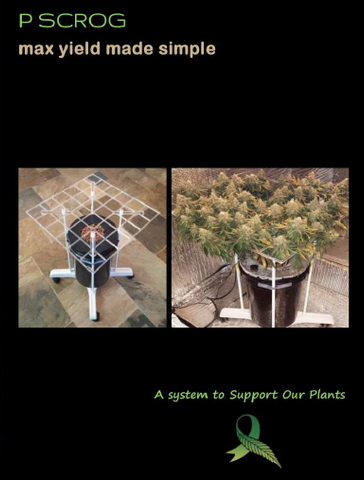
P SCROG Techniques

P SCROG Kits
or
SupportOurPlants@SCROGGER.com
- Gary Memelstein
- Tags: best how to scrog guides best scrog guides cannabis plant training grow lights growing cannabis how to scrog hydroponics indoor grow lollipopping lst optimal light band intensity scrog scrog kit scrog method scrog product scrog screen scrog technique scrogging topping trellis trellis net
